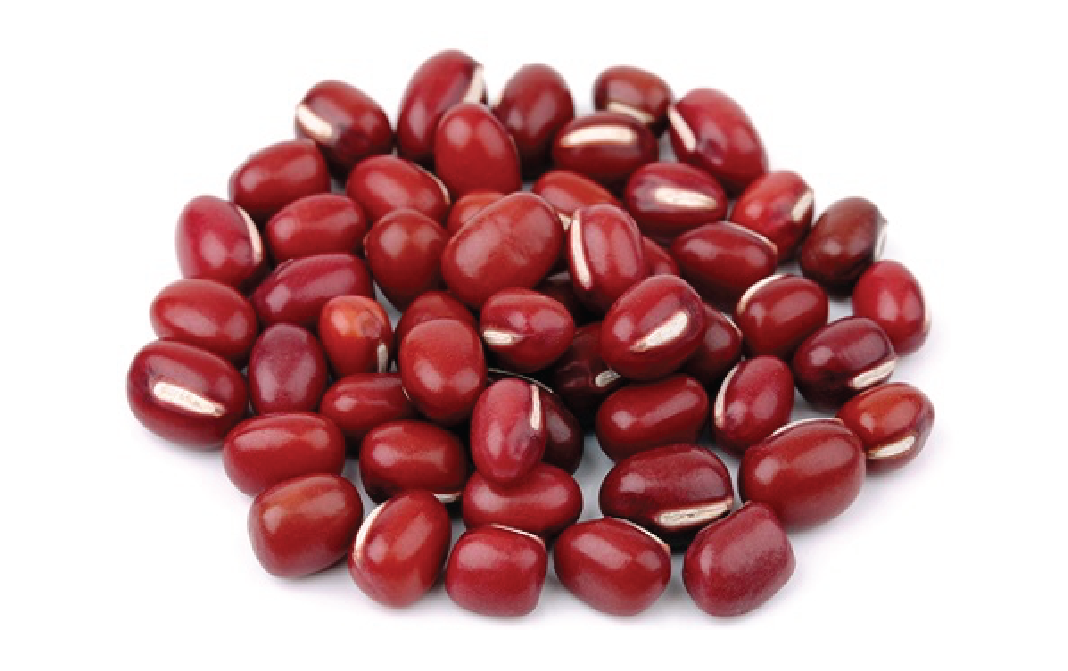


- Disclaimer
"Information here is provided for discussion and educational purposes only. It is not intended as medical advice or product or ingredient review/rating. The information may not apply to you and before you use or take any action, you should contact the manufacturer, seller, medical, dietary, fitness or other professional. If you utilize any information provided here, you do so at your own risk and you waive any right against Culinary Communications Private Limited, its affiliates, officers, directors, employees or representatives.”
Description
Red beans have a long drawn history of cultivation of 2000 years in eastern Asia. it was chiefly cultivated in the region of Japan, China, Taiwan, and South Korea. Although its origin is not specified, but it is been said that the center of its origin in eastern Asia is said to be in China on the banks of the Yangtse River. It is best cultivated in the northern hemisphere temperate climate, with tolerance to conditions like drought, but cannot tolerate water-logged soils, rather it has been successfully cultivated in soils like silt loams and sandy soils. In general, it has a similar growing condition to that of soybean. They are small red beans with a unique white ridge along one side, they usually have a nutty flavour, which makes them sync with both savoury and sweet dishes. They are often confused with kidney beans. These beans are often used for sweetened culinary applications in Asian regions like it is brought into use for the preparation of natto in Japan. These red beans are sweet rather than being savoury. The different varieties of red beans are Takara, Minoka, Hikari, Erimo, Dainagon, and Bloodwood. They are generally harvested in mid-September.